If you've been following my work at Tom's Guide, you'll know I love film photography, and I review film cameras often — from full frame ones like the Kodak Ultra F9 to half-frame ones like the Pentax 17. But it's also no secret that I love digital cameras and just how practical they are. Well, Fujifilm has just made my dream camera, combing analog and digital photography, and I'm in love with the new Fujifilm X half.
This morning, Fujifilm announced the launch of a camera unlike any other. The X half takes vertical half-frame photos with its 17MP sensor, allows you to create diptychs to tell a story in two photos, and has a dedicated film photography mode. A couple days ago, I got a sneak peek at the camera at an event in London, U.K. where I spent two hours going hands-on with it.
While I haven't spent ages with the camera (as that will happen when I do the in-depth review), I have a few initial thoughts — mostly positive, actually. As someone who's passionate about the future of film photography, Fuji's latest camera fuels the hope that film (or at least the ethos behind it) is far from dead. And now, allow me to take you through it all...
A quick rundown
- What is it? The Fujifilm X half is the latest addition to Fuji's X Series digital cameras line-up but it's unlike any other camera in the family. It comes with a fixed 32mm prime lens (35mm equivalent), a 17MP sensor, and an f/2.8-11 aperture. It has a straightforward control scheme, comes with a dedicated film photography mode, 13 film simulations, and it can record FHD/24p video too.
- Who is it for? The X half is for film photographers who want the convenience of digital cameras as you can store images to an SD card. It's essentially a modern film camera, and feels like it has been inspired by the Pentax 17.
- How much does it cost? $849 / £699, which, I think, is great value for money considering you're getting a film camera and a digital camera in one. It factors in the money you'd otherwise spend on getting film developed.
- When is it available to buy? The X half goes on sale on 12 June 2025.
How it works (in a nutshell)
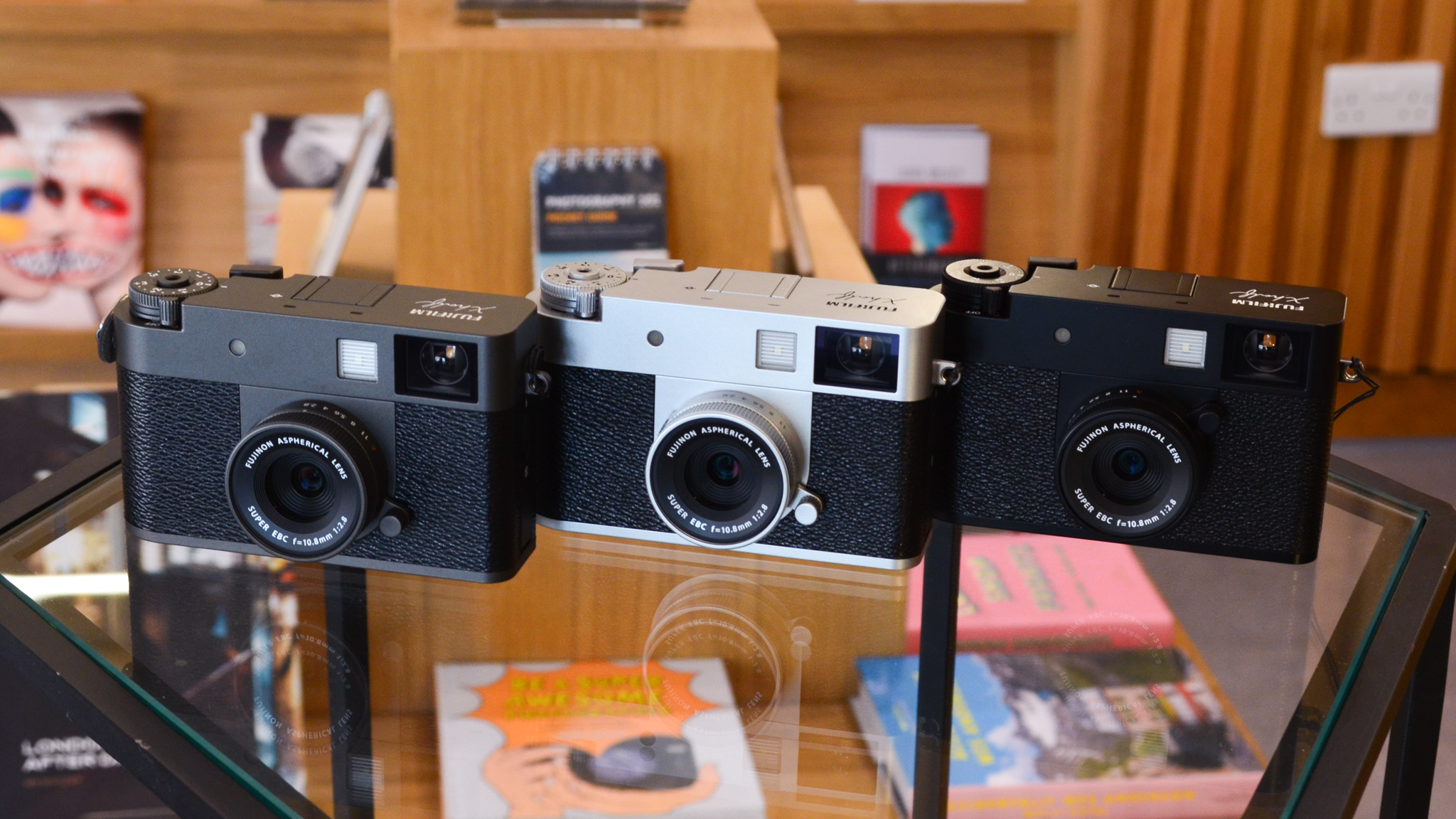
Fuji says that specs and technology aren't always everything, and I can see how that mantra has played into the Fujifilm X half's inception. It's got a modest 17MP resolution and can record FHD/24p video.
Its purpose is to offer a pared-back, no-frills analog and digital experience and make photography fun again — or rather, 'again again', as the manufacturer already had a go at stripping back the photography experience with the X-Pro 3 and its tucked-away screen.
This time, though, same ideology, but a much more affordable price point. While the X-Pro 3 pushed $1,900, the X half will cost just $849. The X half is a fixed lens camera, too, so you won't be spending more of your hard-earned money on glass.
The X half is fitted with a 1-inch back-side illuminated (BSI) sensor. Even though the camera shoots in the 3:4 vertical format — as other half-frame film cameras do — it takes one photo at a time. There's a handy lever which you can pull to take a second photo (or video, more on that soon). The camera will then stitch them together to create a diptych.
The film experience
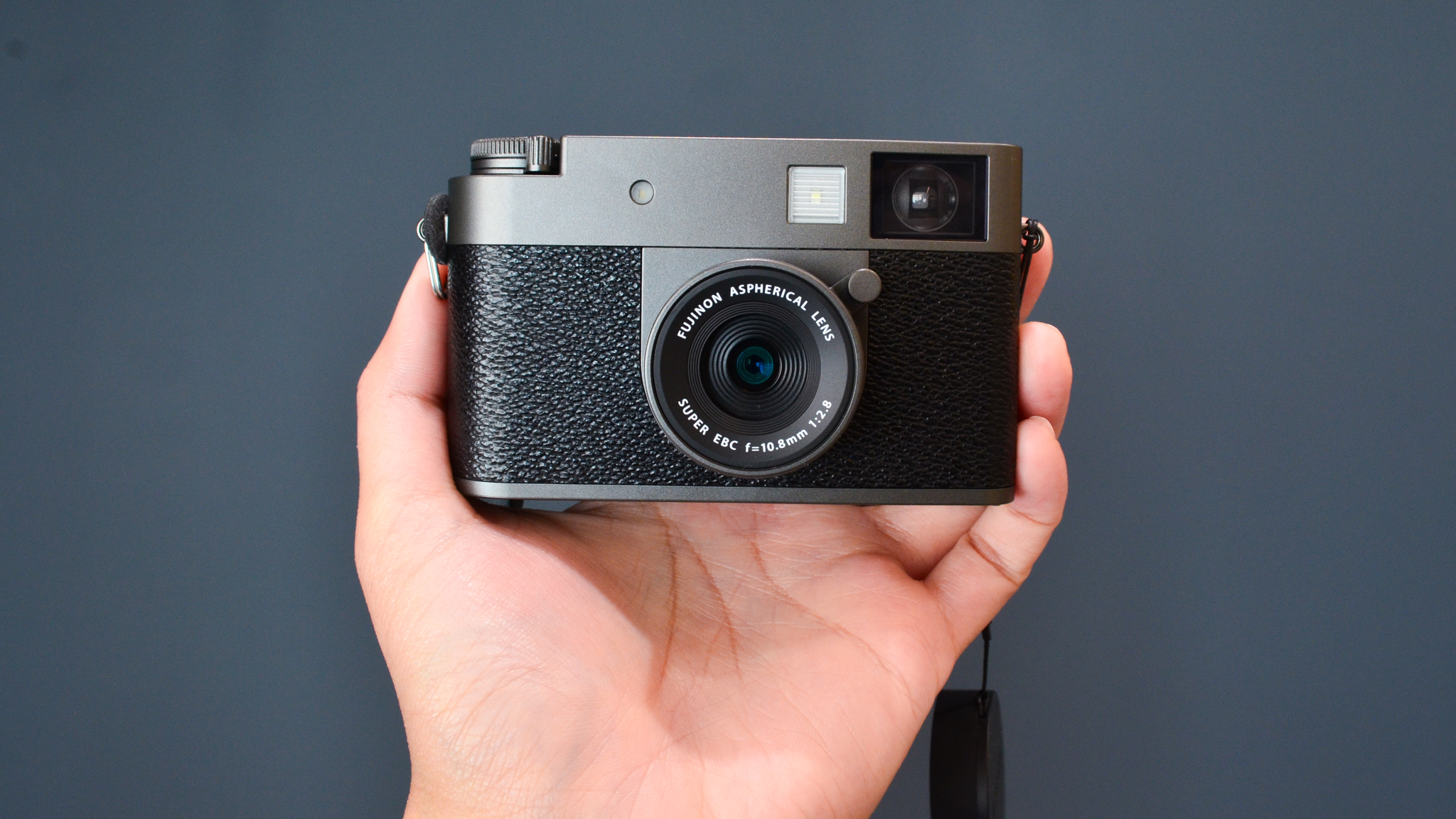
The thing I love most about the Fujifilm X half is its dedicated film mode. What does that mean, you ask? Well, it turns the X half into a literal film camera. See, outside of film mode, you can see your photos after you've taken them, but you can't in film mode. To start, you swipe down on the 2.14-inch LCD touchscreen and press the on-screen 'Film Camera Mode' option. You then choose your film count (36, 72, etc.) and ISO value, and get shooting.
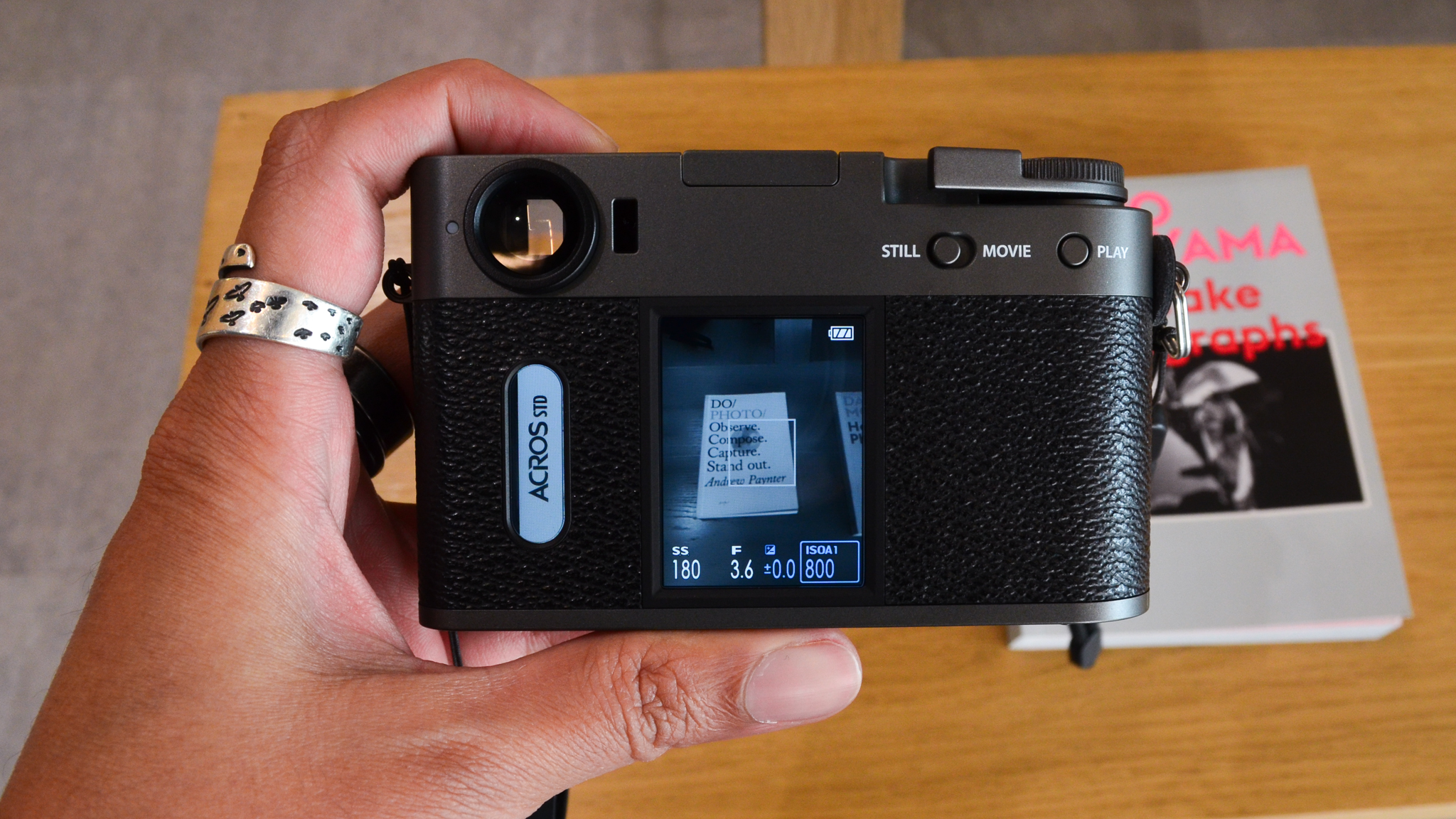
The 2.14-inch LCD screen which usually shows you what the camera's seeing turns into a shot counter, rolling onto the next number each time you take a photo. And no, you can't see the photos you've taken — like on a film camera. You'll only be able to see them if you plug your SD card into your computer.
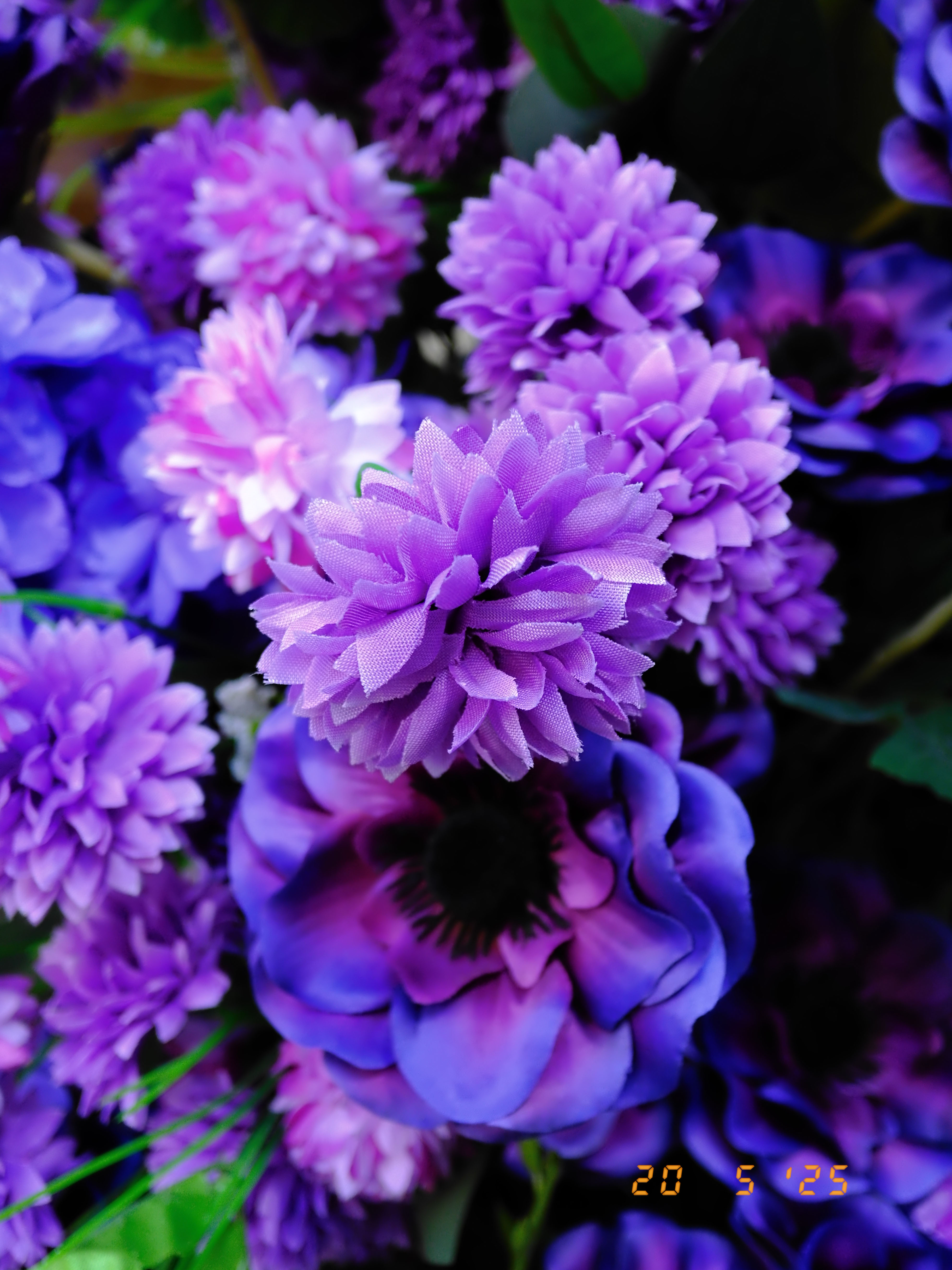
But for the full film experience, you can download the new dedicated X half app which "develops" the film roll. In the short video Fujifilm's representatives showed me, the roll takes a few minutes to develop to give you a feel of the analog experience. I didn't get to experience the app myself but I will, of course, discuss it in detail in my full review — especially because Fujifilm says the X half relies heavily on the app.
All the best film simulations
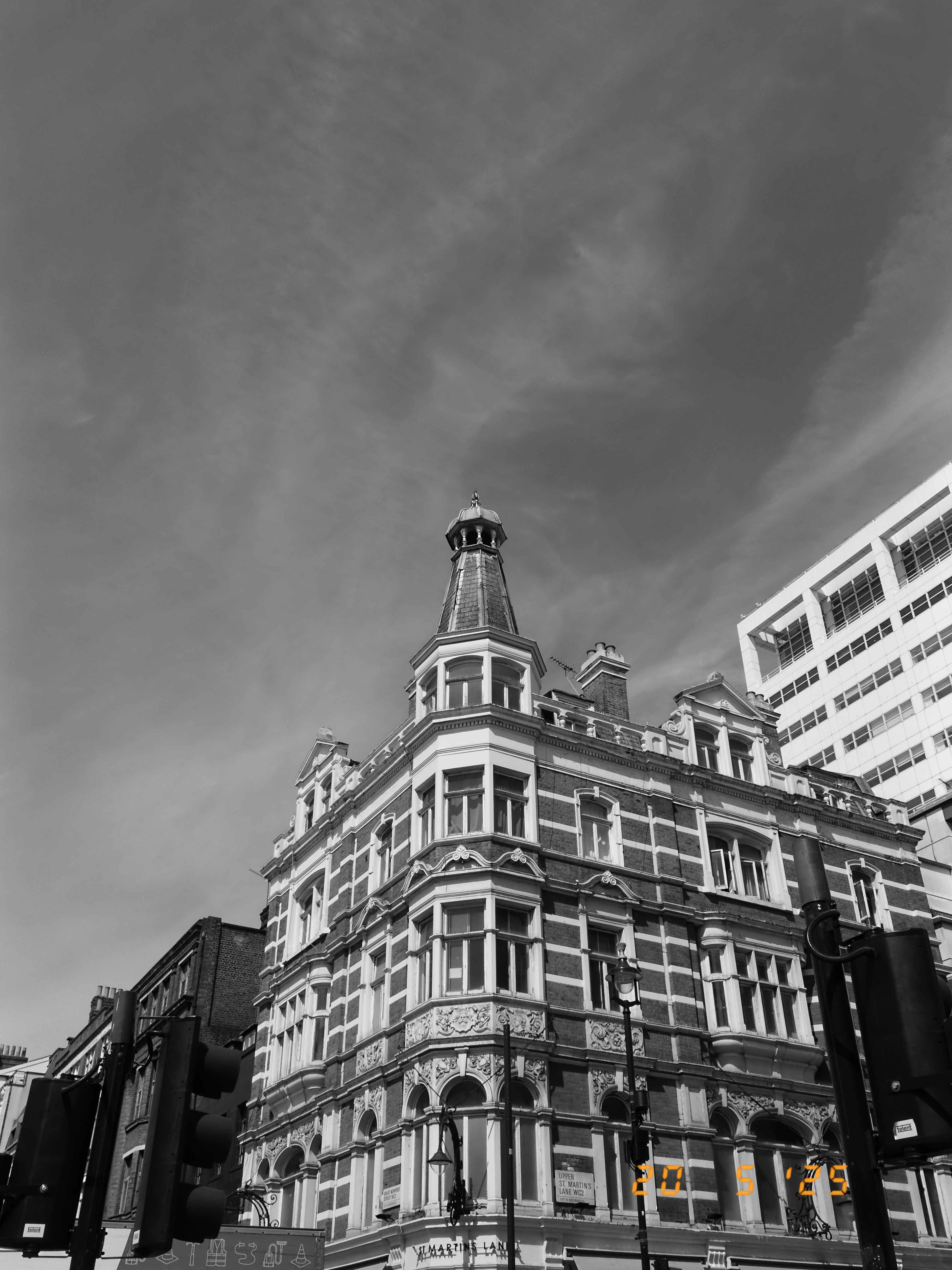
No Fujifilm camera is complete without the brand's signature film simulations, and the X half is no different. Well, there is a small difference: instead of the usual 20 film recipes, the X half carries 13 of the most popular. This includes Acros, Velvia, Reala Ace, Sepia, and my favorite recipe: Nostalgic Neg.
I took a few photos on the X half, as you can see throughout this article, and I think all of them look lovely. They're sharp and detailed, and color reproduction is gorgeous. Because the camera shoots in the vertical format and the images aren't larger than 17MP, they're ideal for posting on social media.
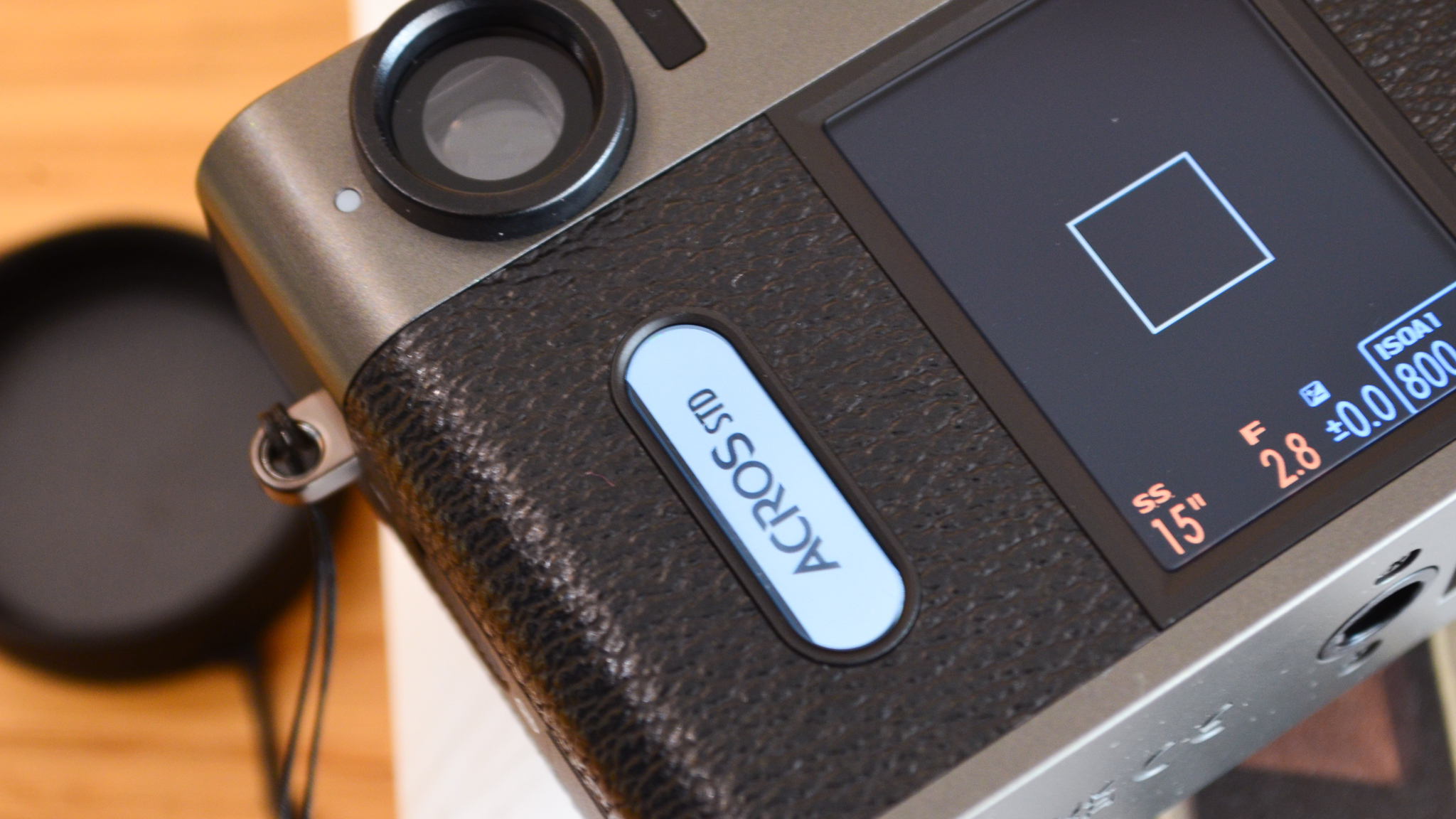
Swapping between recipes is easy too. Next to the LCD touchscreen is another touch panel which shows the chosen recipe (and this changes depending on the menu you're navigating). I really enjoyed using it. It's responsive and makes scrolling through film sims more intuitive.
Alongside film recipes, the X half has film filters too, such as light leak, miniature, double exposure, expired film, vignette, etc. which can be used in conjunction with the film recipes for more creativity. I always love experimenting with different styles so I'm happy that Fuji makes it so easy to do so with the straightforward controls and touchscreen.
In a league of its own?
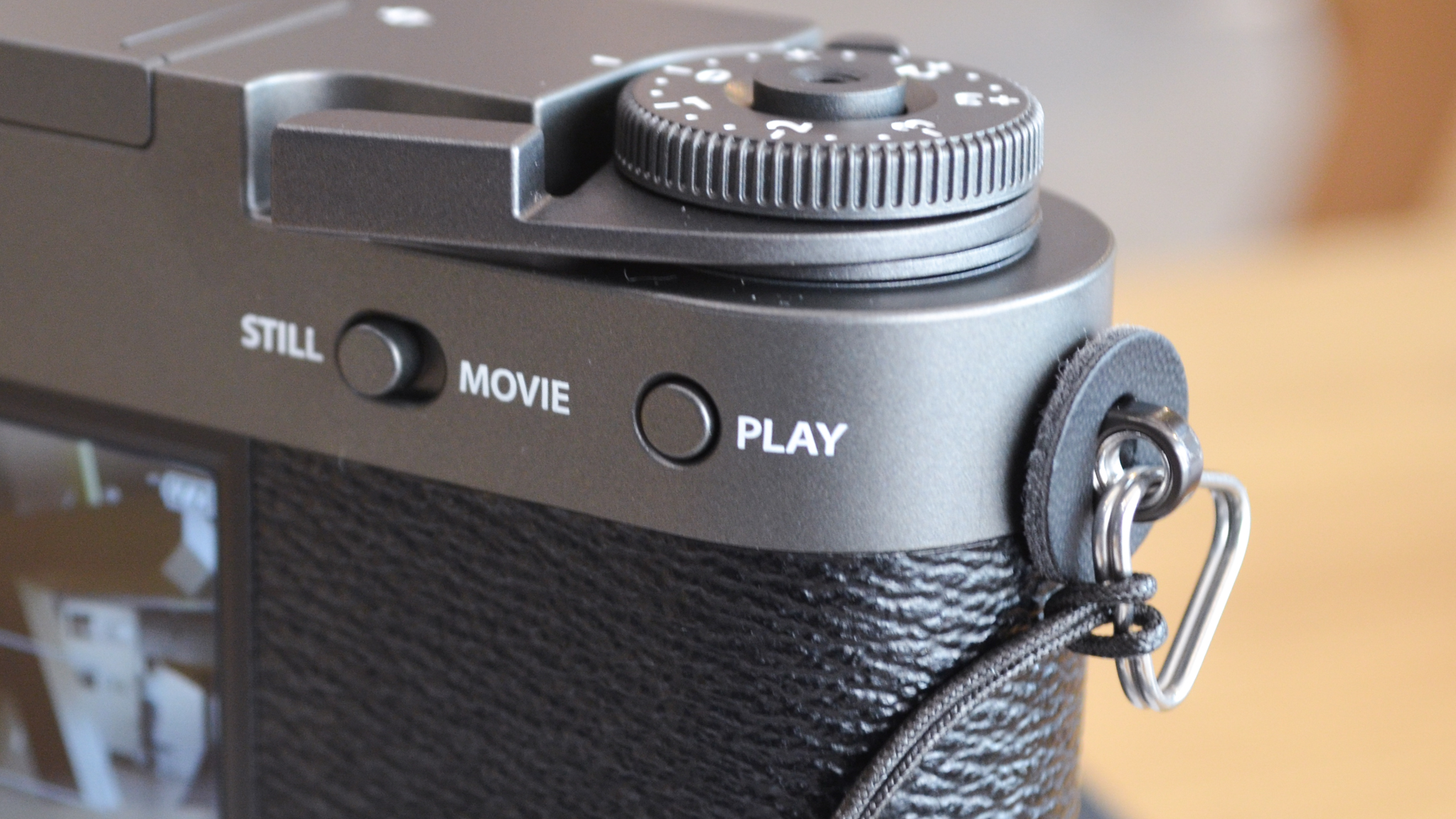
An issue I've always had with film cameras is that focusing is hit or miss, but the Fujifilm X half fixes that by introducing human face/eye detection — and this is one feature I'm looking forward to testing thoroughly. It also does something no other film camera does: it lets you record 4:2:0 FHD/24p videos.
Fujifilm X half - Sample video - YouTube

You can also create diptychs with two photos but what's even better is that you can do this with two videos too — or a video and a photo. It's easy to do by taking a photo/video, pulling the lever behind the exposure compensation dial, and then taking the second photo/video. Of course, footage isn't very stable as there's no in-body image stabilization (or electronic stabilization) but it still has a lot of potential. It's something I enjoyed doing in the time I spent with the X half.
Fujifilm X half: Outlook
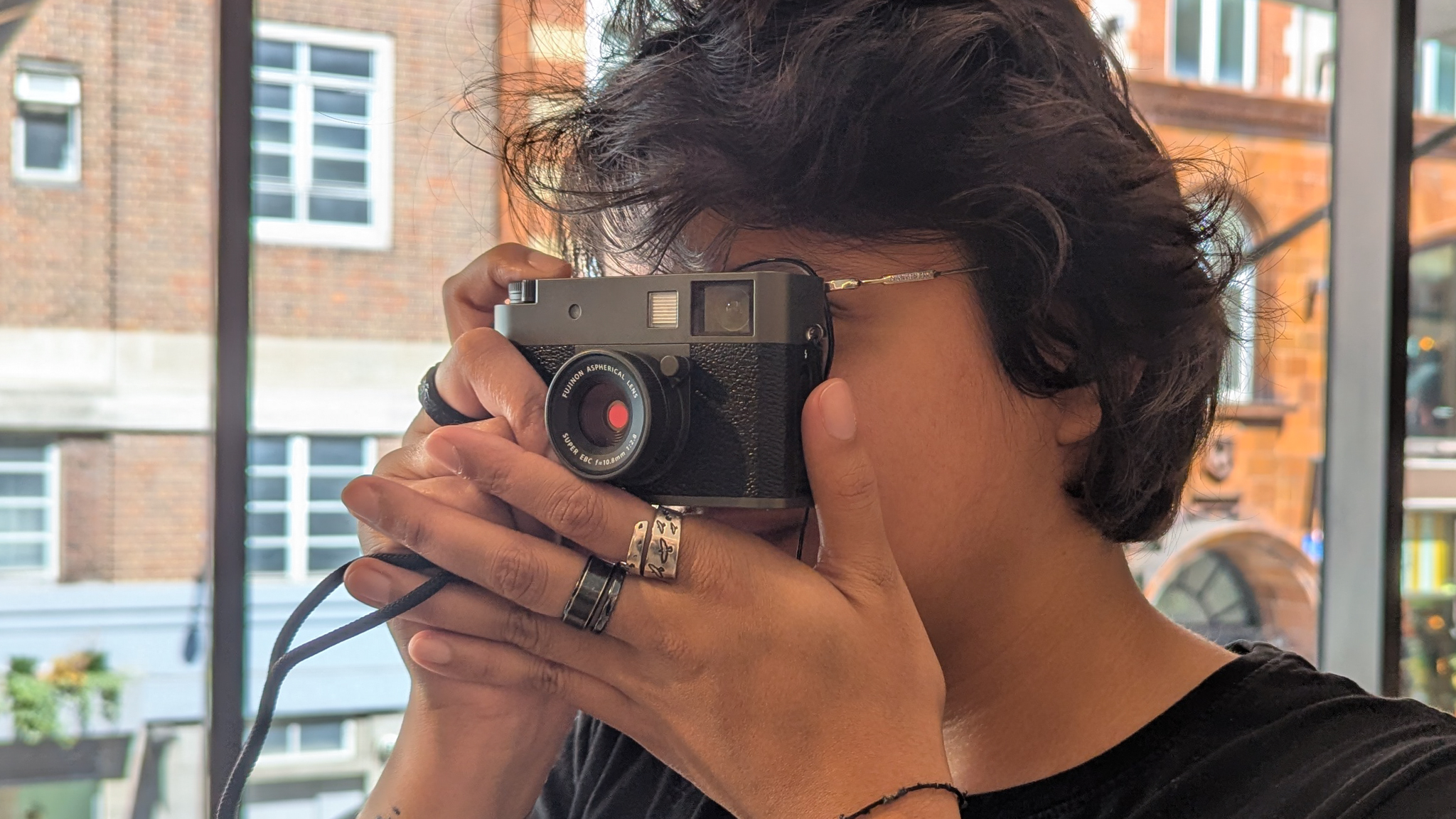
The Fujifilm X half is an extremely interesting camera as it combines film and digital photography. It looks beautiful and takes equally beautiful photos, and it packs plenty of film-specific goodies, like film recipes and a dedicated film photography mode.
As I mentioned up top, the X half lives up to the ethos of "specs and tech aren't everything." It doesn't pack the highest resolution or 4K video. From what I've gathered in the short time I spent with the camera, it definitely makes photography fun and simple. No overwhelming dials, no need to change lenses, nada — and it works.
I will, of course, dive deeper into the camera's capabilities in my full in-depth X half review. For now, my first impressions are highly positive, and I can't wait to see what this camera can do.
The new Fujifilm X half will be available to buy 12 June 2025 onwards (details to be announced) for $849 / £699.

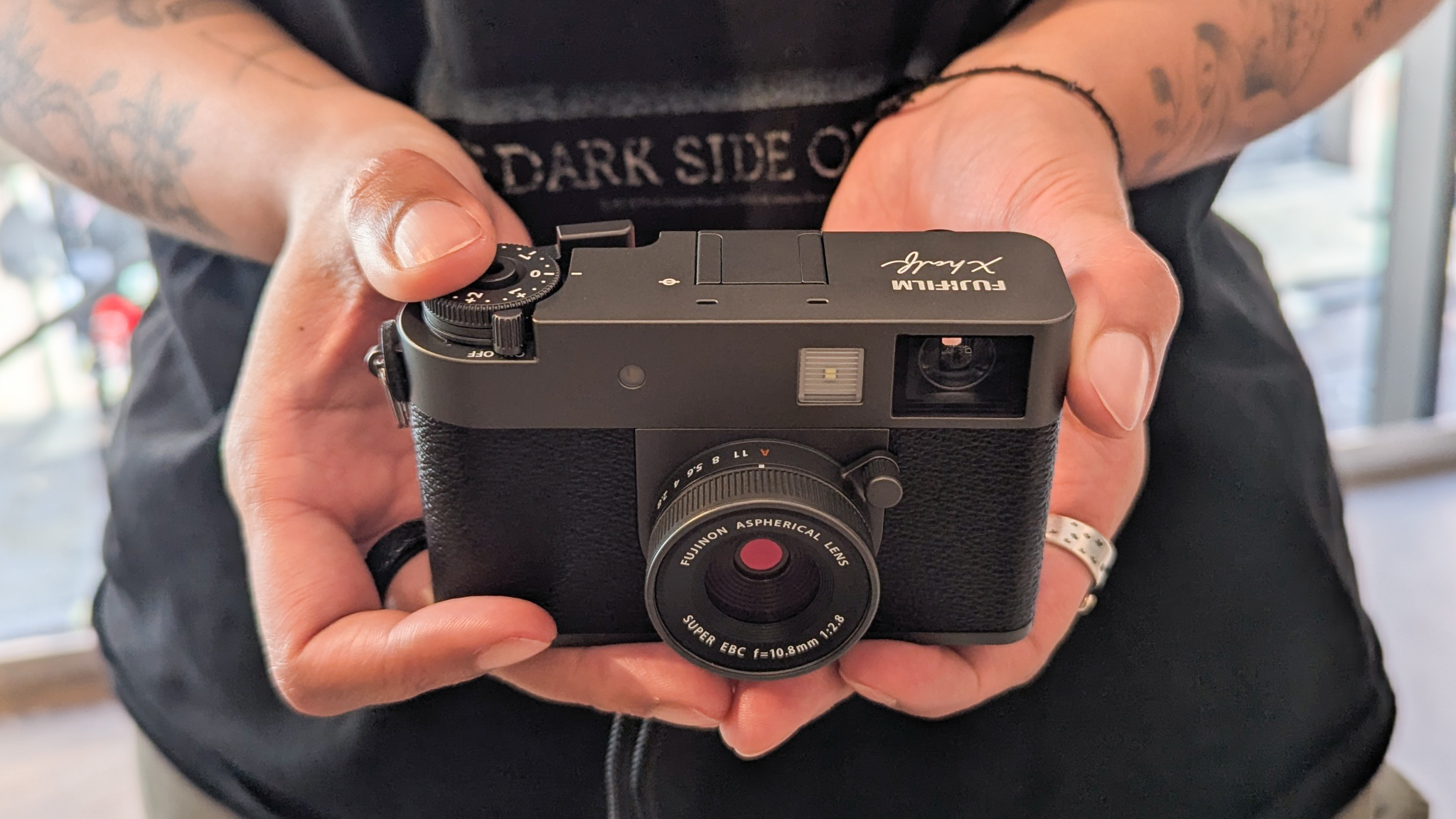
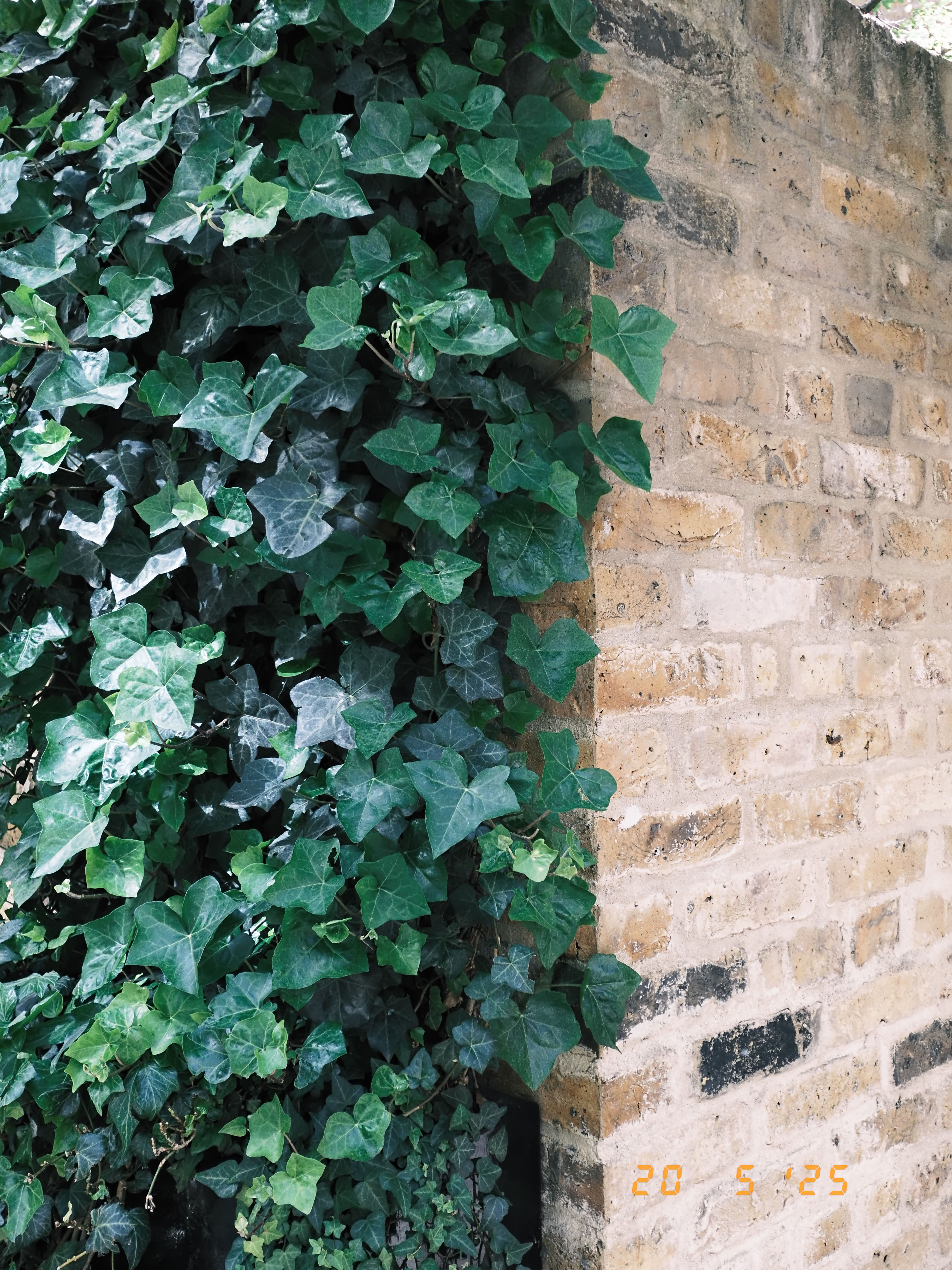
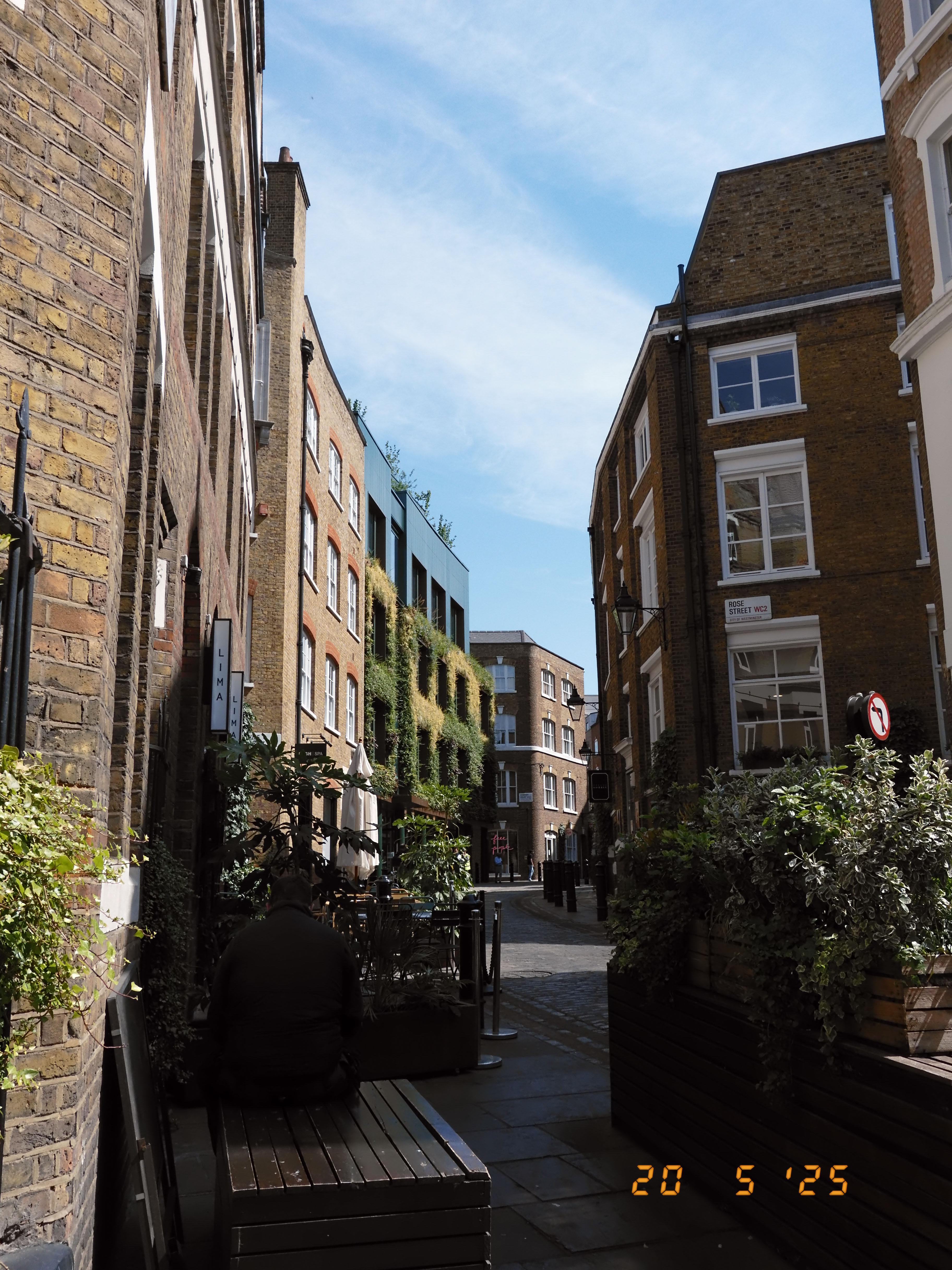










 English (US) ·
English (US) ·